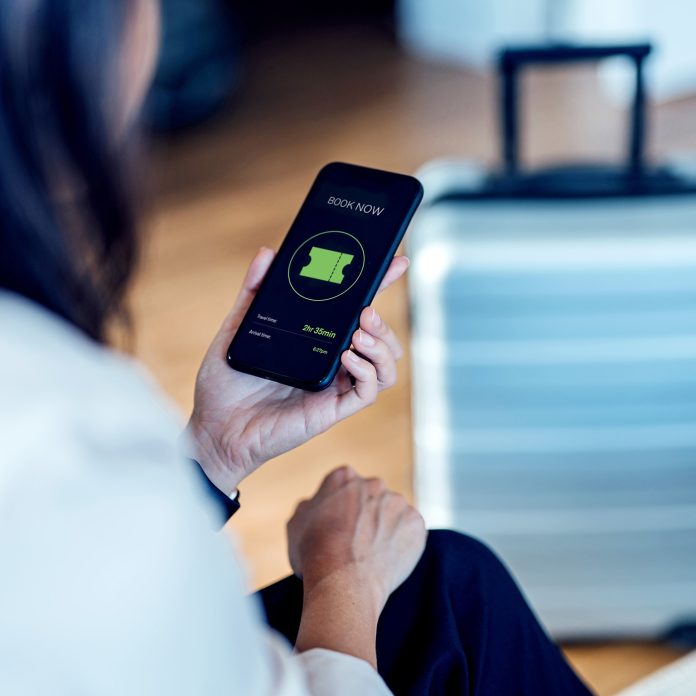The Eight Myths of Airline Retailing
The travel industry has witnessed a remarkable recovery post-pandemic, with airline gross bookings surpassing prepandemic levels in 2024. This resurgence, however, is accompanied by evolving consumer expectations and behaviors that are reshaping the way people plan, book, and experience their journeys. These shifts are driving a rapid transformation in the travel sector.
The airline industry is striving to meet these evolving expectations by enhancing its retailing strategies. Retailing for airlines encompasses selling (such as tickets, upgrades, and ancillary offerings) and servicing (such as refund requests) across various customer channels, including airline websites, apps, and online travel agencies (OTAs). Despite progress in modernizing retailing efforts, many airlines are constrained by siloed structures, legacy technology platforms, and concerns about the return on investment. There are untapped opportunities for airlines to enhance customer value and commercial potential through innovative retailing approaches.
Survey Insights
To understand how traveler expectations about retailing are changing, we conducted a global survey of 7,000 travelers from different regions. The survey debunked eight common myths that influence airline retail strategies and provided valuable insights into travelers’ preferences across the retail journey.
Myth #1: Airlines have already captured the full value of customer preferences
Reality: Most travelers are willing to pay more for features they care about, but many airline retail models rely on static airfare bundles that do not fully capture added value.
In the survey, price was identified as the top booking criterion for 33% of respondents. However, travelers prioritize attributes like ease of booking and brand trust as well. This highlights the need for airlines to move beyond rigid fare families and offer dynamic, segment-tailored offers to capture the full value that aligns with travelers’ priorities.
Our attribute-level willingness-to-pay modeling revealed a significant customer value opportunity of over $45 billion across the airline retail value chain. Airlines can capture this value by tailoring offers based on customer preferences and willingness to pay for specific features.
Implications:
Airlines should focus on offering dynamic, segment-tailored offers to capture the full value of travelers’ preferences. By understanding customer needs and willingness to pay, airlines can enhance customer value and commercial potential.
Myth #2: More personalization always equals better experiences
Reality: Travelers want personalization that reduces noise and adds practical value, prioritizing clarity and control over customization for its own sake.
While personalization can enhance value perception, it should focus on providing convenience and control to travelers. Practical features like real-time travel assistance and preflight customization are highly valued by travelers, indicating a preference for personalization that simplifies the travel experience.

Generative AI can play a crucial role in delivering practical personalization by simplifying trip planning and enhancing the travel experience. Airlines should prioritize providing personalization that enhances utility and simplifies the travel journey for customers.
Implications:
Airlines should focus on providing practical personalization that combines convenience and control for travelers. By offering timely updates, self-service features, and clear choices, airlines can improve the overall travel experience for customers.
FAQ
Q: How can airlines capture the full value of customer preferences in retailing?
A: Airlines should move beyond rigid fare families and offer dynamic, segment-tailored offers that align with travelers’ priorities. By understanding customer needs and willingness to pay for specific features, airlines can enhance customer value and commercial potential.
Q: What type of personalization do travelers value the most?
A: Travelers value personalization that reduces noise and adds practical value, prioritizing convenience and control over customization for its own sake. Airlines should focus on providing personalization that enhances utility and simplifies the travel experience.
Conclusion
By dispelling common myths and understanding the evolving preferences of travelers, airlines can optimize their retail strategies to drive incremental revenue and enhance customer satisfaction. It is essential for airlines to adapt their approaches based on generational, regional, and travel purpose differences to remain competitive in the evolving travel ecosystem.


